OA Expert Database
Scroll from left to right to learn more about each of the OA Experts.
| Name | Title/Organization | OA Specialty | Geographic Focus | Contact |
|---|---|---|---|---|
Marina (Washburn) Alcantar | PhD Candidate, College of Fisheries and Ocean Sciences, University of Alaska Fairbanks | Species response, salmon, mollusks | Gulf of Alaska | |
Nina Bednarsek | Biological oceanographer, Southern California Coastal Water Research Project | Development of biologically relevant thresholds for interpreting OA data, pteropod response to OA | Gulf of Alaska, Bering Sea, California | |
Lauren Bell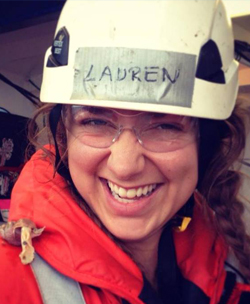 | Research Associate, Sitka Sound Science Center; PhD Student, UC Santa Cruz | Ecological impacts of OA in kelp forest systems and coastal carbonate chemistry monitoring | Sitka Sound | |
Allison Bidlack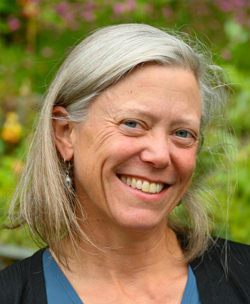 | Research Associate Professor, International Arctic Research Center, UAF, Fairbanks | OA and carbon cycle dynamics; linking field data, model output & experimental studies to understand responses to OA &global change | Southeast Alaska | |
Rob Campbell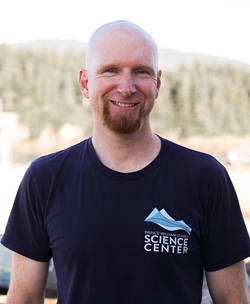 | Oceanographer, Prince William Sound Science Center, Cordova | Oceanographic monitoring in Prince William Sound; OA sample collection for research | Prince William Sound | rcampbell@pwssc.org |
Paul Cook | OA Lab technician, Sitka Tribe of Alaska, Sitka | Continuous OA Burke-o-Lator monitoring, discrete sample collection and analysis | Southeast | |
Jessica Cross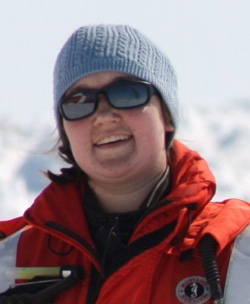 | Research Associate, NOAA Pacific Marine Environmental Lab, Seattle, WA | Complex carbonate biogeochemistry, new technology and autonomous gliders using interdisciplinary approaches to look at carbon system variability | Bering, Chukchi, and Gulf of Alaska | |
Switgard Duesterloh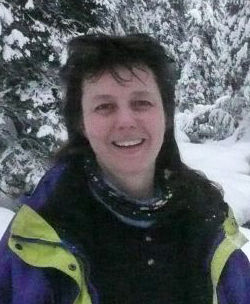 | Marine educator, Ocean Science Discovery Program, Kodiak | Marine education including hands-on ocean acidification lessons and experiments; toxicology; Burke-o-lator. | Kodiak region | |
Darcy Dugan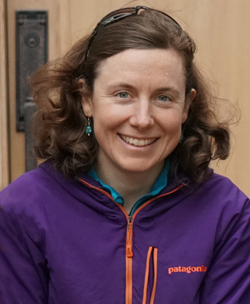 | Alaska OA Network Director, Alaska Ocean Observing System, Anchorage | Facilitating interaction between researchers and stakeholders, increasing monitoring efforts, expanding the understanding of OA to new audiences | Statewide | dugan@aoos.org |
Wiley Evans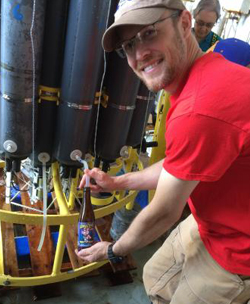 | Research Scientist, Hakai Institute, Campbell River, BC | CO2 systems and instrumentation; system integration at land-based facilities; underway and autonomous measurements | CO2 systems and instrumentation; system integration at land-based facilities; underway and autonomous measurements | |
Bob Foy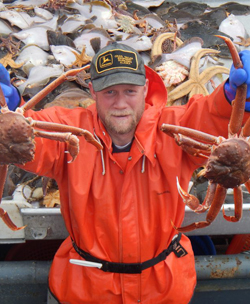 | Director, NOAA Alaska Fisheries Science Center, Juneau | Prior to NOAA AFSC directorship: Causes and effects of elevated CO2 on marine species | Statewide | |
Burke Hales | Professor, Oregon State Univ., Corvallis, OR | Ocean carbon cycle; CO2 analytical chemistry; developed the “Burk-o-lator” | ||
Claudine Hauri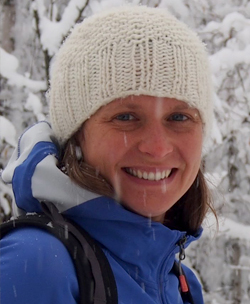 | Research Assistant Professor, International Arctic Research Center, UAF, Fairbanks | OA and carbon cycle dynamics; using observations and models to investigate the physical, chemical and biological processes that control variability. | ||
Jeff Hetrick | Director, Alutiiq Pride Shellfish Hatchery, Seward | Operation of Burk-o-lator and dosing lab; effects of OA on juvenile shellfish; management of nearshore monitoring program in Southcentral AK | Resurrection Bay, Lower Cook Inlet, Prince William Sound | |
Kris Holderied | Director, NOAA Kasitsna Bay Lab, Seldovia, AK | Nearshore OA monitoring, understanding how changing ocean conditions affect Alaska coastal resources and communities | Kachemak Bay, Lower Cook Inlet | |
Tom Hurst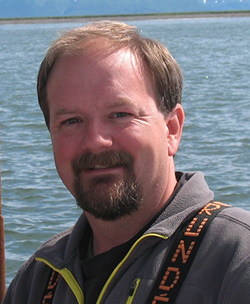 | Research fisheries biologist, NOAA Alaska Fisheries Science Center, Newport, OR | Lab research on the impacts of ocean acidification on fishes of the Bering Sea and Gulf of Alaska. | Bering Sea and Gulf of Alaska | |
Amanda Kelley | Assistant professor, Ocean Acidification Research Center, College of Fisheries and Ocean Sciences, UAF, Fairbanks | Organism-environment interactions in coastal marine ecosystems, global change biology | ||
Esther Kennedy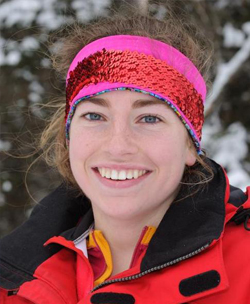 | PhD Candidate, UC Davis | Geospatial and temporal patterns of ocean acidification and sensitive species, community based sampling | Bering Sea and Gulf of Alaska | |
Kristy Kroeker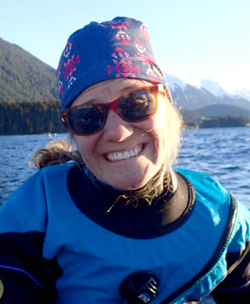 | Assistant Professor, UC Santa Cruz, CA | Emergent ecological effects of OA on nearshore communities; syntheses of biological effects | Sitka Sound | |
Christopher Long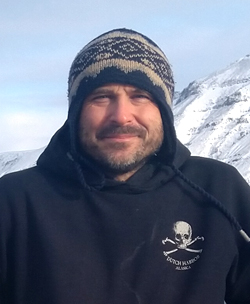 | Marine biologist/ecologist, NOAA Alaska Fisheries Science Center, Kodiak, AK | Effects of ocean acidification on Alaska marine species, particularly federally-managed crab species | chris.long@noaa.gov | |
Cale Miller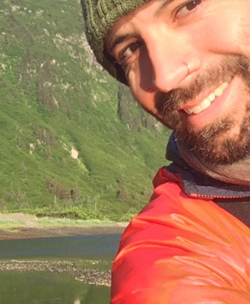 | Post-doc | Nearshore conditions | Nearshore, Arctic | |
Natalie Monacci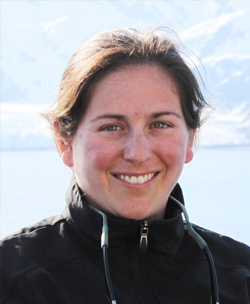 | Research scientist, Ocean Acidification Research Center, UAF, Fairbanks | Intensity, duration, and extent of OA in Alaskan waters; management of Alaska OA Mooring Network; water sample analysis | Statewide | |
Jennifer Newby | Fisheries biologist, NOAA Alaska Fisheries Science Center, Kodiak, AK | Fisheries biologist, NOAA Alaska Fisheries Science Center, Kodiak, AK | ||
Darren Pilcher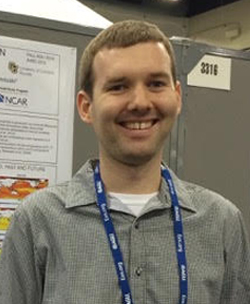 | Joint Institute for the Study of the Atmosphere and Ocean (JISAO), University of Washington / NOAA PMEL, Seattle, WA | Biogeochemical mechanisms of ocean carbon uptake and OA, primarily using models; impact of freshwater runoff on coastal OA dynamics | Bering Sea and Gulf of Alaska | |
Jacqueline Ramsay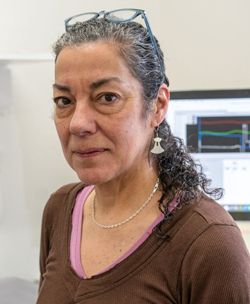 | Shellfish biologist, OA & Shellfish research Lab Manager, Alutiiq Pride Shellfish Hatchery, Seward | Continuous OA Burke-o-lator monitoring, discrete sample collection and analysis, CaCO2 dosing to study biological effects of OA on juvenile shellfish | Resurrection Bay, Lower Cook Inlet, Prince William Sound | jacqueline@alutiiqpridehatchery.com |
Sherry Tamone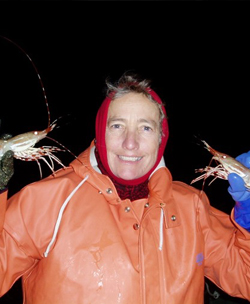 | University of Alaska Southeast | Physiological processes in crabs, shrimp and lobster. Response of shrimp to OA. | Southeast Alaska | |
Hongjie Wang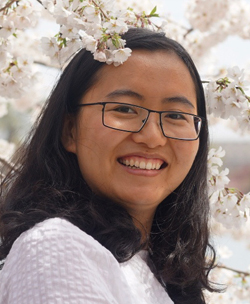 | Assistant Professor, Graduate School of Oceanography, University of Rhode Island, Narragansett, RI | Carbon cycle, carbon dioxide removal, unmanned surface vehicle, time series analysis. | Arctic | |
Chris Whitehead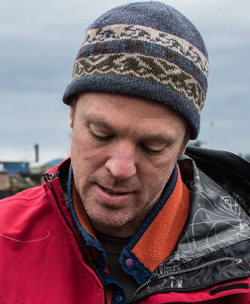 | Environmental Program Manager, Sitka Tribe of Alaska; Director of Southeast Alaska Tribal Ocean Research | Building partnerships for OA outreach and research initiatives with Tribal governments, state and federal agencies, universities, and non-profit stakeholders. | Southeast | chris.whitehead@sitkatribe-nsn.gov |
